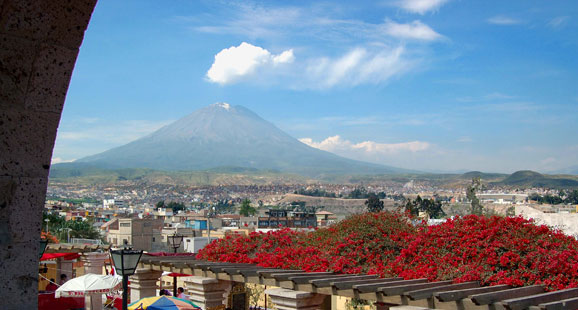
AREQUIPA - GENERAL INFORMATION
Known as the White City for its ashlar constructions (white-colored volcanic stone), Arequipa has one of the most beautiful historic centers of our country. The Cathedral, Santa Catalina monastery (almost a small city with streets and squares built to accommodate the daughters of the most distinguished families that had a religious calling), the Museum of Andean Sanctuaries of the Catholic University of Santa María (where the Ampato Lady or Juanita mummy is kept), are only some of the many places that one cannot miss, and that confirm the nomination of this center as a World Heritage Site. The city shelters the much-touted Misti volcano, impressive in the daylight, and the city countryside, with its green fields that give it the character of what used to be one of the biggest agricultural centers of the country. Traditional districts that still preserve former customs can be appreciated, such as Yanahuara, with its vantage point from which one can have one of the greatest views of the city, the Colca Canyon, now internationally recognized for its beauty and unique landscape, its typical villages, the multicolored costumes of the countrypeople on the way, the flora of the valleys, and unique for the number of condors flying over the place.
Being in Arequipa is an excellent opportunity to savor its delicious gastromy, one of the most appreciated of the country. The stuffed rocoto and the chupe de camarones (shrimp stew) only are some of the dishes that stand out.
APPEALS
Plaza de Armas
With a beautiful bronze fountain, on top of which there is the figure of a typical soldier of the 16th century that used to be called the tuturutu because he was the person in charge of announcing any event. In the surroundings, three portals, made with granite, brick and lime vaults can be seen.
Cathedral
It is considered as one of the first religious monuments of the 17th century in the city. It has a large façade made of blocks of stone, that was seriously damaged by the 2001 earthquake, and has now been completely restored.
Churches, complexes, convents and monasteries
The Compañía church and complex, San Francisco complex and church, Santa Catalina monastery, Recoleta convent. They all keep treasures of incalculable value, art works, paintings of the period, and hundreds of hand-crafted works.
San Lázaro District
This is the most representative district of the ancient Arequipa. The particularities of this place are the small streets, alleyways, squares and large houses. A small ashlar bridge stands out, now linking San Lázaro church and its small square with the rest of the district.
Andean Sanctuaries Museum
In it, one can find the "Ampato Lady", known as Juanita mummy, the first Inca female mummy. This is a 12 or 14 year old girl, that was found at the top of the Ampato volcano by the mountaineer Miguel Zárate, the archaeologist Johan Reinhard and the archaeologist José Chávez.
Yanahuara vantage point
Its much-touted arches were made of blocks of stone, on which words of distinguished inhabitants of Arequipa are engraved. From there, one can have one of the best views of the city and the Misti.
TRADITIONAL CASONAS
Casa del Moral
It owes its name to an old blackberry tree that grows in the main patio, and the ashlar façade constitutes an artwork on which one can appreciate carefully sculpted figures.
Casa Goyeneche.
Large house made of blocks of stone, entirely decorated in a colonial style. It owes its name to Don Juan de Goyeneche y Aguerreverre, who bought it in 1782. This is now the headquarters of the Central Reserve Bank of Arequipa.
Sabandía mill
It was built in 1785. Its architectural style is typical of the region due to the use of ashlar (blocks of stone). Here, the techniques used to process the wheat with stone mills can be observed.
NATURE
Colca Canyon
This is one of the deepest canyons on the planet, reaching 3,400 meters at its maximum height, in the locality of Canco. Among its appeals, there is the view from the Condor Cross vantage point, where condors (biggest flying bird in the world) on their morning flight can be appreciated. Visiting the place during the first hours of the morning will increase the probabilities of seeing some of those birds. For those who practice trekking, the Colca road is an excellent decision.
Salinas National Reserve and Aguada Blanca
This is the closest Preserved Natural Area to Arequipa city, at an average altitude of 4,300 meters. The Misti, Chachani, Pichu Pichu and Ubinas volcanos are its natural limit. Its lagoons have diverse species of birds: in the Salinas lagoon, three species of Andean flamingos stand out (during the summer), in the El Indio lagoon, you will find thousands of ducks, chocas (white-haired monkeys), and various species of migratory birds (all year long). In the Sumbay caves, there are important remains of the human presence 8 thousand years ago. In pampa Cañahuas, a numerous population of vicunas and guanacos can be found. Today, the stockbreeding tradition of the payment to the land and nature care still exists. From August to November, the different rural communities do the chaku (roundup, capture and shearing of vicunas), a technique to use in a sustainable way one of the finest fibers of the world and that has turned into a festival in which the visitors can participate along the local people.
Volcanos Valley
Surprise yourself with a show of the prehistory created by the small volcanos - between volcanic cones and crevices- at least 30 meters high and thousands of years old. If you have the courage to visit this place, you will also be able to know many of the local rituals that have been preserved from generation to generation in the Andahua valley.
GASTRONOMY
The Arequipa cooking is one of the most appreciated. One can in particular notice dishes such as the chupe de camarones (shrimp stew, with milk, eggs, and oregano), the stuffed rocoto (spiced marinated pork), the soltero (salad with cheese, rocoto, onions, olives, broad beans and tomatoes), the adobo arequipeño (Arequipa marinade), the ocopa (cooked potatoes in a cheese, rocoto and olive sauce), the escribano (potato salad, with rocoto, vinegar, oil, tomato and parsley) and queso helado (ice cream).
ARCHAEOLOGY
Toro Muerto
Its rock carvings make up the biggest archaeological complex of Peru, since it expanded over an area of almost 5 square kilometers. One will be able to see countless figures, such as antropomorph ones (dancers, musicians), zoomorph ones (birds, camelids), and even geometrical figures (zig zags, squares and rhombuses).
HYDROTHERAPY
Yura Hot Baths
Its hot waters will allow you to enjoy the calm and rest you are looking for, away from the stress of the city. It is possible to be accommodated in its hotel, that has all the commodities you need.
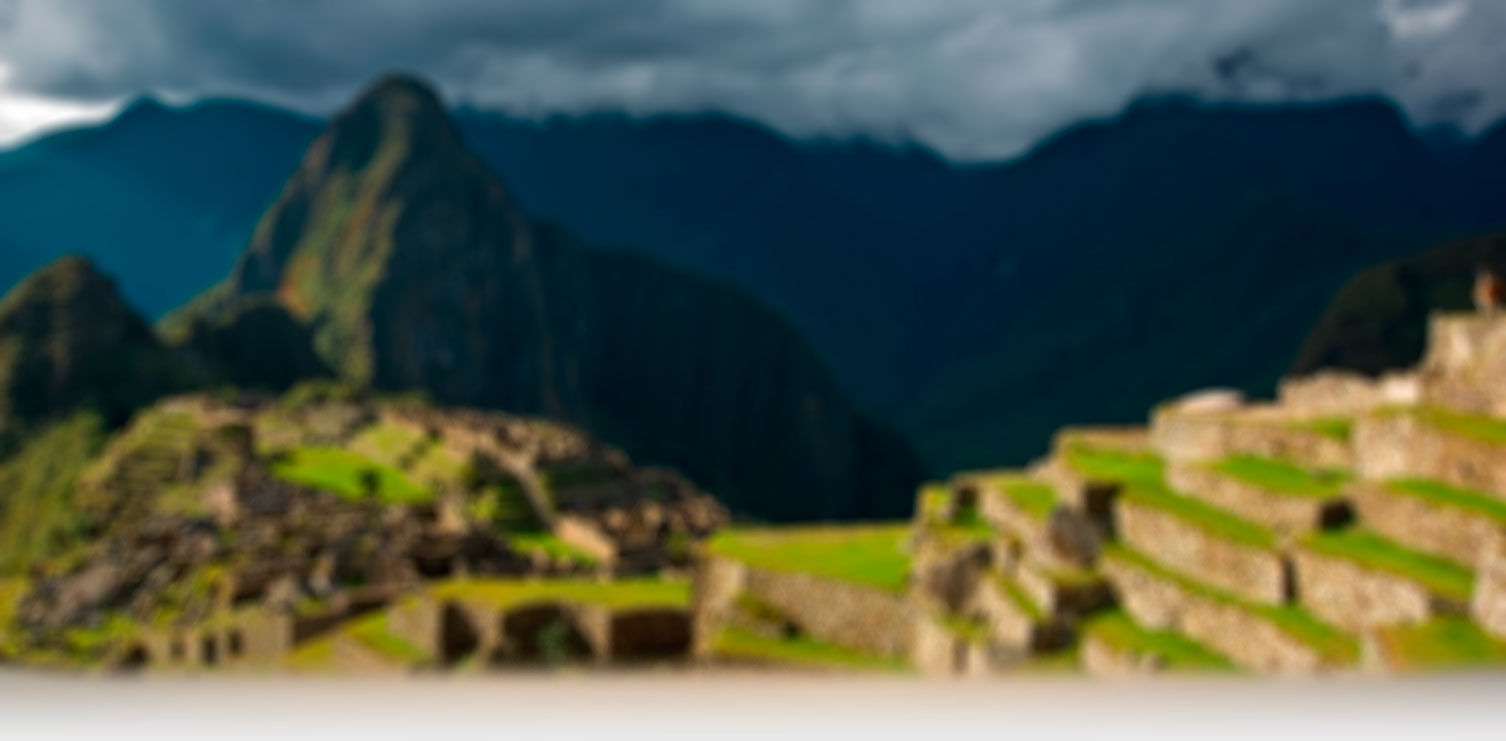
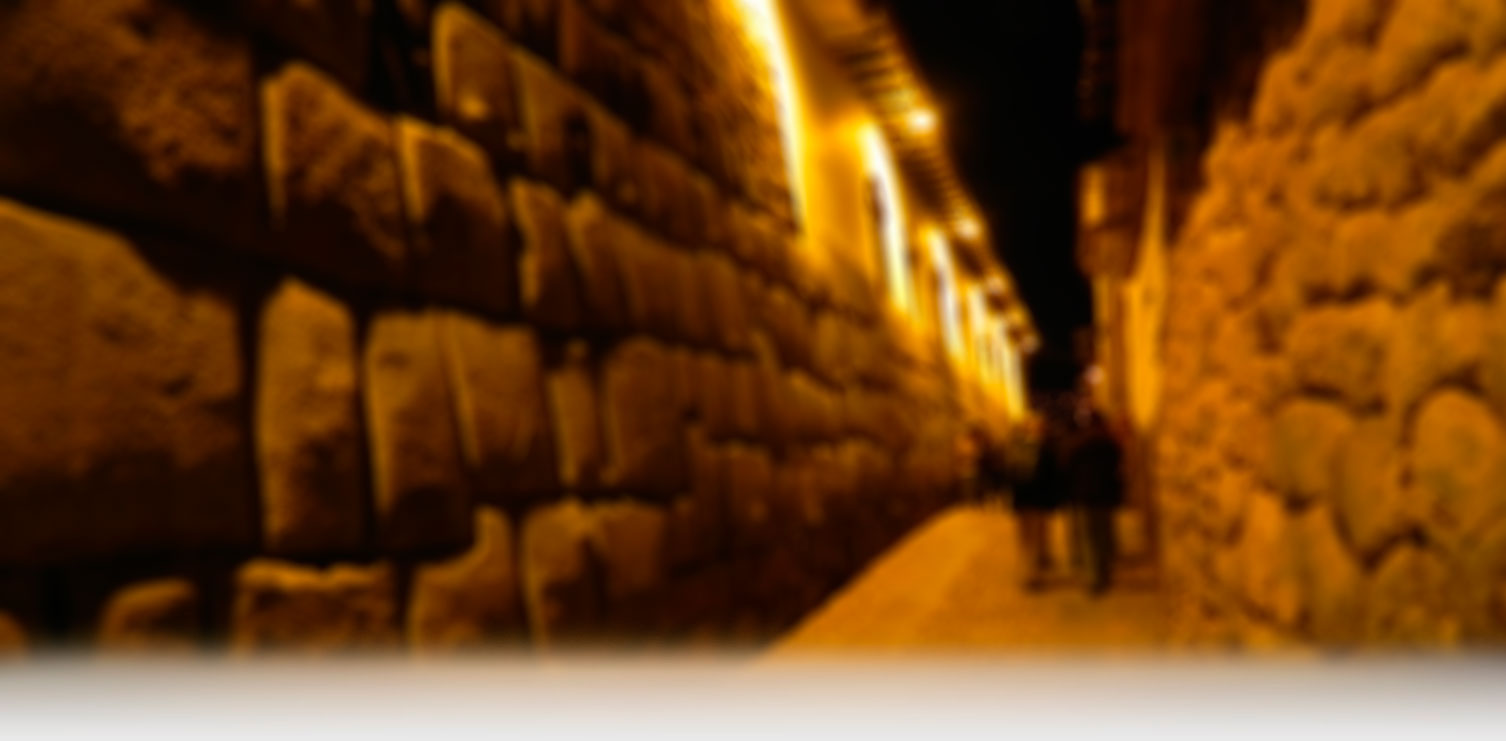
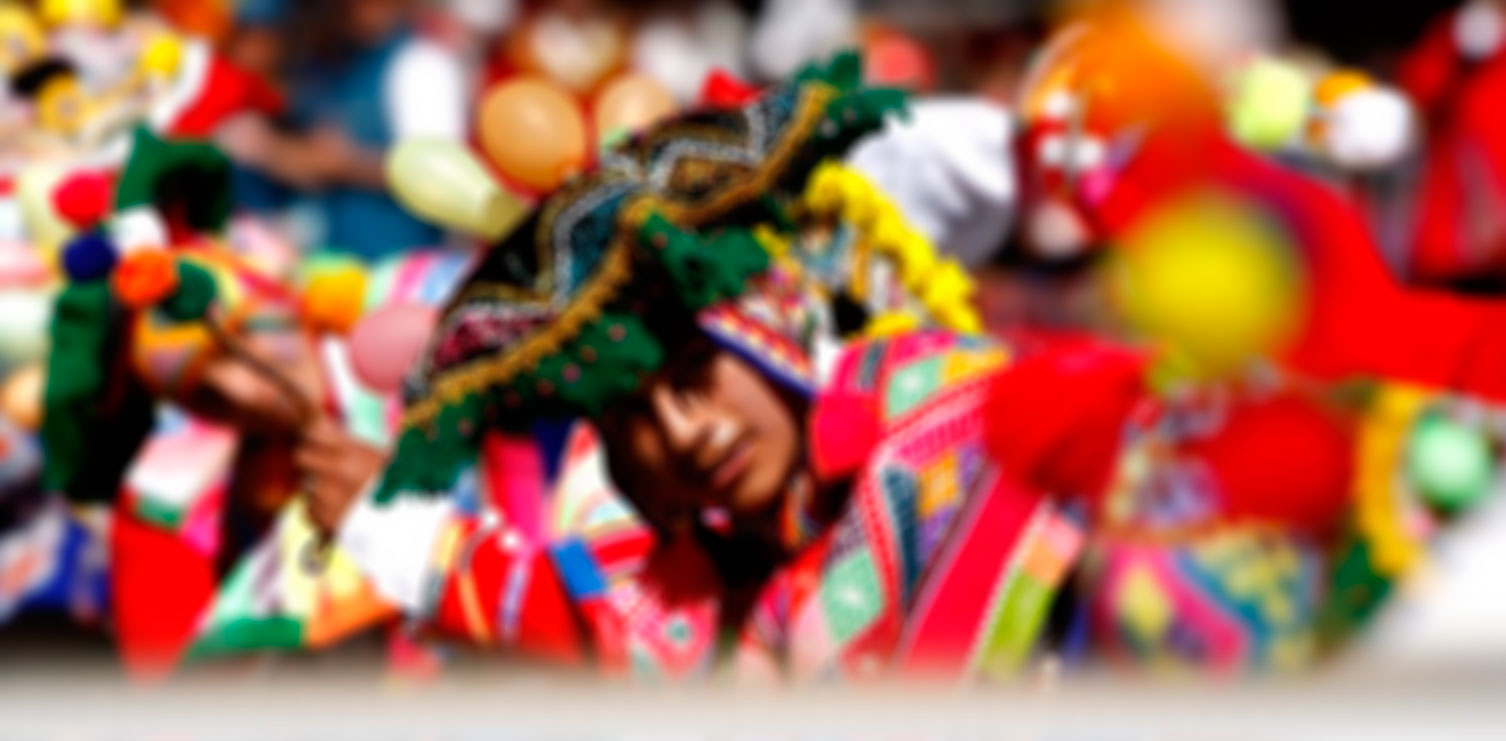
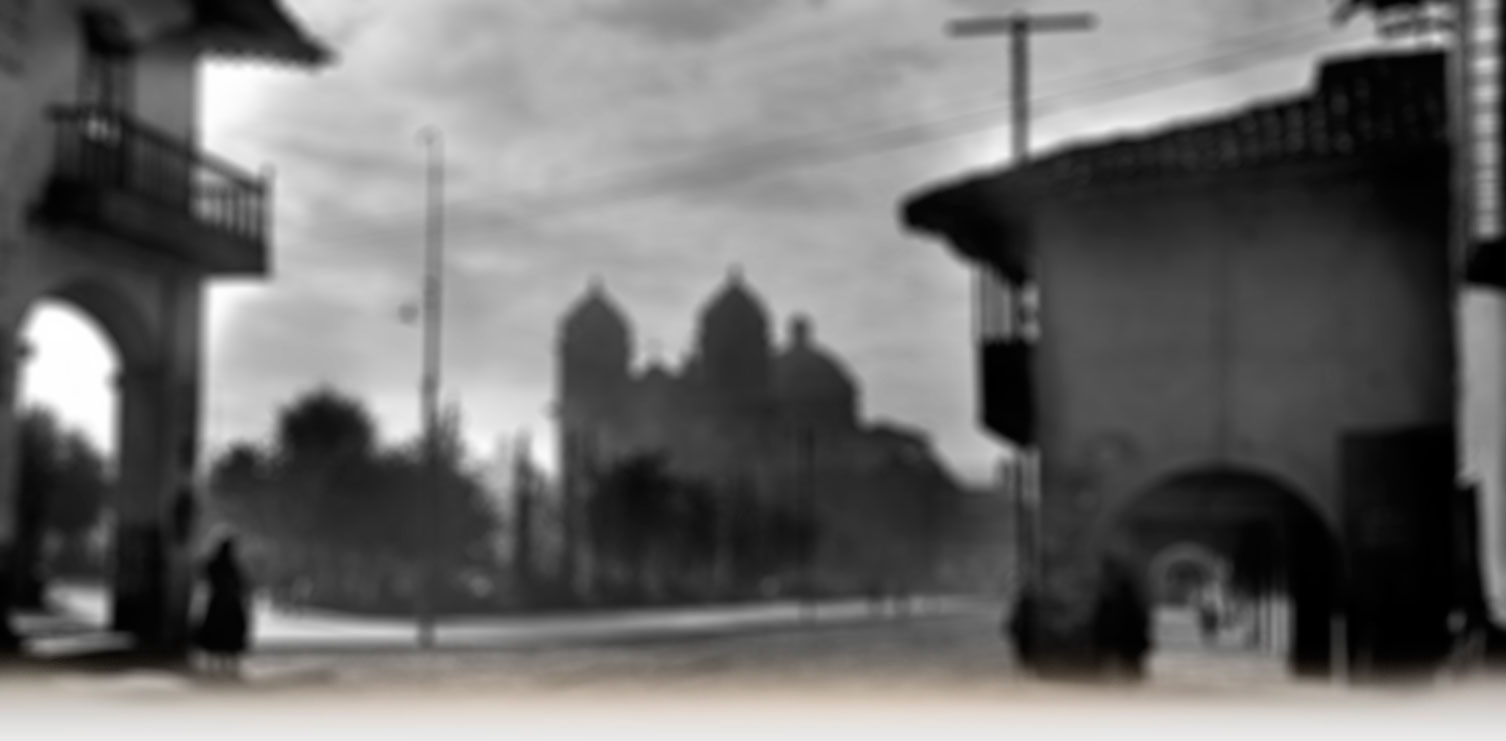





 +5184 223865
+5184 223865  24Hrs: 958-076720 / 984-118056
24Hrs: 958-076720 / 984-118056 117*469
117*469 reservas@inkaways.pe
reservas@inkaways.pe titosouthamericanjourneys
titosouthamericanjourneys